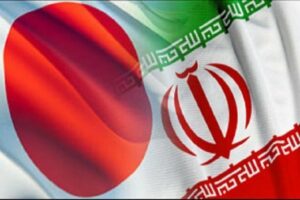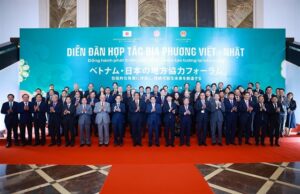Hopes Diminish for Survivors as Japan Earthquake Toll Reaches 84, 179 Missing
The earthquake claimed at least 84 lives, and hopes were diminishing for dozens still listed as missing

Tokyo, The Gulf Observer: In the aftermath of the devastating 7.5-magnitude earthquake that struck central Japan on New Year’s Day, thousands of Japanese rescuers, equipped with sniffer dogs, faced daunting challenges on Thursday as they navigated rubble and blocked roads in a race against time. The earthquake claimed at least 84 lives, and hopes were diminishing for dozens still listed as missing.
In Ishikawa Prefecture, many communities, comprising hundreds of people, remained isolated, complicating rescue efforts. Ishikawa Governor Hiroshi Hase acknowledged the precarious situation, stating that the survival rate for those requiring rescue was sharply declining 72 hours after the quake. Despite the grim circumstances, there were moments of hope as news emerged of a woman in her 80s being rescued three days after the quake.
Prime Minister Fumio Kishida termed the earthquake the “worst catastrophe” in recent years and acknowledged the challenges posed by the region’s geography and ongoing aftershocks. The toll from the powerful main tremor and subsequent aftershocks included at least 330 injuries.
A massive mobilization of thousands of soldiers, firefighters, and police officers from across Japan engaged in an intensive search and rescue operation amidst the debris of collapsed wooden houses and toppled buildings following the 7.5-magnitude earthquake that struck on New Year’s Day.
Equipped with sniffer dogs like Elza, search teams combed through the rubble in Wajima, aiming to locate residents believed to be trapped. While the devastation prompted pleas for help from affected communities, logistical challenges persisted, with military hovercraft delivering heavy construction equipment to the port city. Essential services faced disruptions, with tens of thousands of households without electricity and water in Ishikawa and neighboring regions.
The Noto Peninsula region bore the brunt, leaving small communities isolated and in desperate need of aid. The earthquake triggered tsunami waves, adding to the challenges faced by authorities. The ongoing seismic activity in the Noto region underscores the persistent threat, with Japan grappling with the aftermath of one of the most significant earthquakes in recent years.


